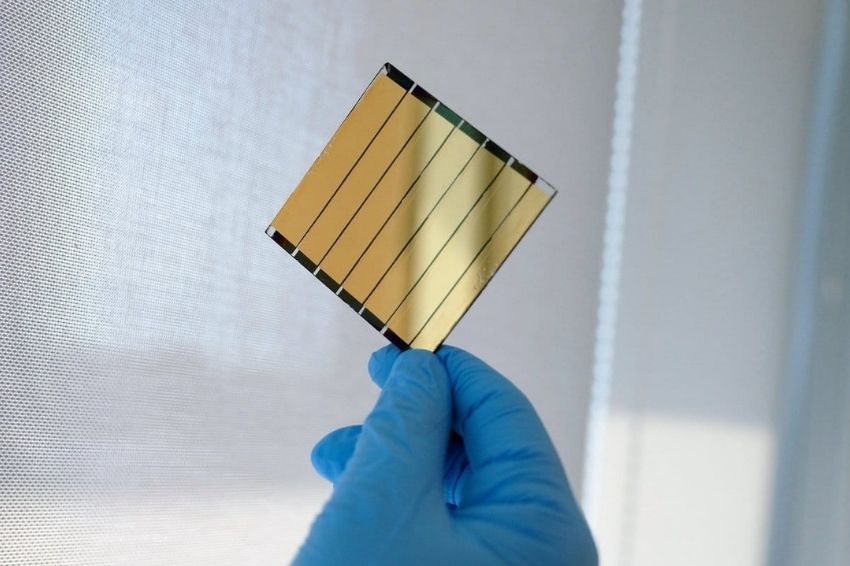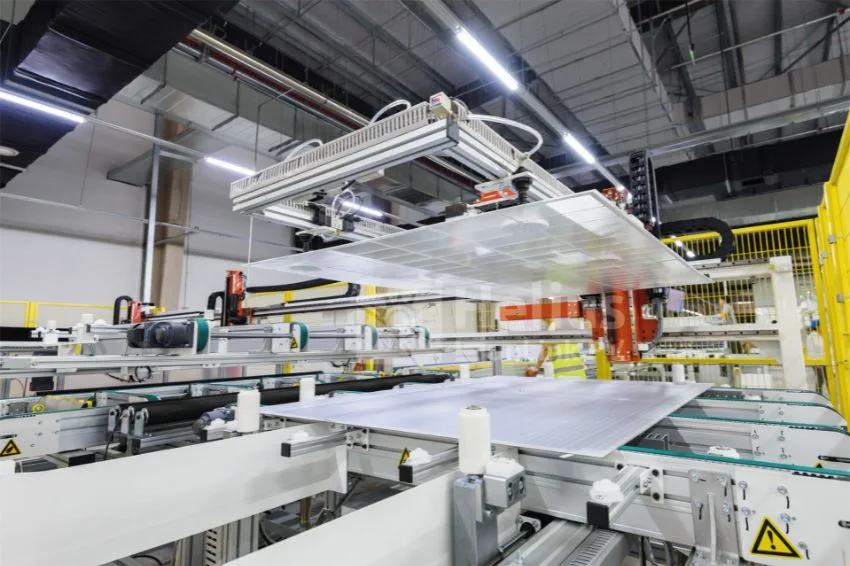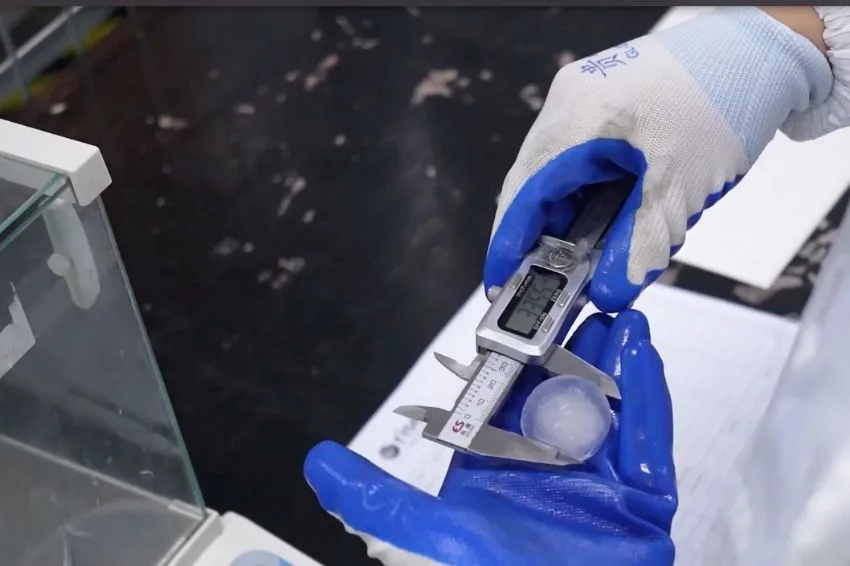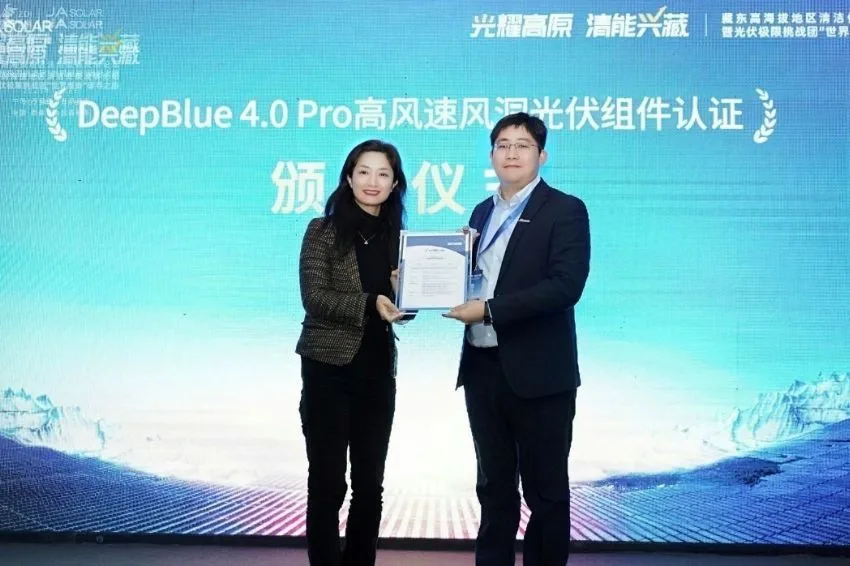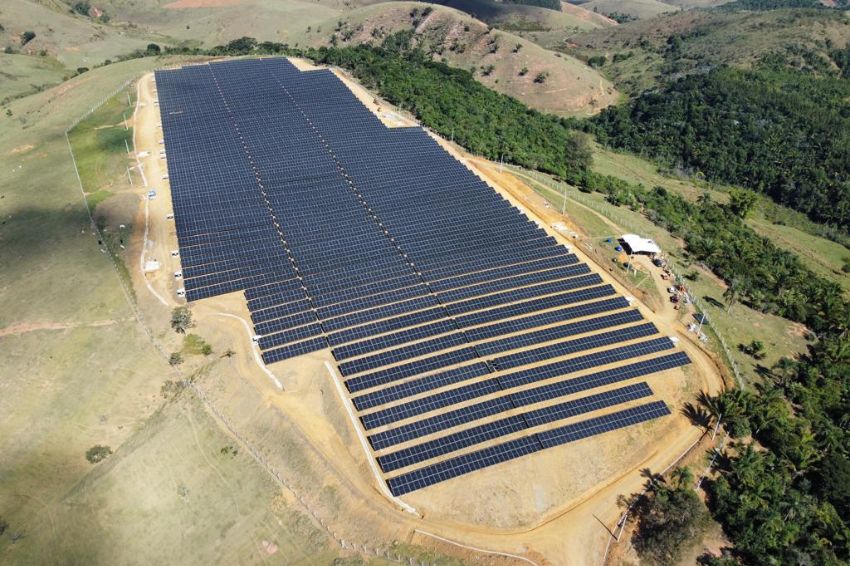“Tandem cells deliver faster results, with higher efficiency and take advantage of the entire silicon chain in a shorter period of time than just perovskite worked alone.”
This is the analysis of Eduardo Mendes, Product Engineer at BYD. During a webinar promoted by Solar Channel This Tuesday (23) he spoke about the importance of double photovoltaic cells (known as Tandem), which can give a boost to the use of solar energy to generate electricity.
What are these cells? Instead of using a single absorber layer formed by silicon or perovskite, for example, researchers discovered how to manufacture a double device, connecting the two in series (in tandem), a scheme in which they work cooperatively, taking advantage of a greater range of the solar spectrum.
“So why would BYD, CTI (Information Technology Center) Renato Archer and several companies are betting on Tandem cells before having a pure perovskite cell? In addition to being complementary in relation to the absorption of solar radiation, it is possible to take advantage of the entire silicon production chain, which already has an entire structure set up at an industrial level”, he explained.
Read more: BYD and CTI Renato Archer will develop higher efficiency solar cells
According to Mendes, with this type of hybrid solution, “we can achieve greater efficiency than 32% and we still have the possibility of working only with perovskite and mounting on flexible substrates. In other words, a huge chain of possibilities opens up with this product.”
“I like to make a comparison with the hybrid car. Until an entire structure is set up in Brazil to have an electric vehicle, you will also have a hybrid car that will deliver both solutions, both the electric part – for short trips – and the combustion – for longer trips, where you still don't have the structure, but it will become so over time”, he explained.
Perovskite Challenges
Throughout the webinar, the specialist also discussed the main challenges for perovskite to gain more and more space in the photovoltaic market. For him, currently, the main reason is that the developed cell has greater stability.
“Studies show that perovskite can maintain its efficiency, of 25.5%, for only 2 thousand hours, for now. This is the main bottleneck of perovskite application in mass production. We have to discover, in the coming years, through research and tests, how we will make this cell more stable”, he pointed out.
A second item, to ensure that perovskite is produced on an industrial scale (today it is at laboratory level) is the issue of scale production.
“Currently, there are several ways to produce in the laboratory and several ways to test this type of technology. In this case, we will have to standardize this production process. We will have to have stabilization in the laboratory, first, and then we can bring this to the industrial level, where it has to be repeatable”, highlighted the BYD engineer.
“The third challenge is efficiency. This factor is what is drawing global attention to perovskite cells. There is a very rapid development in the efficiency of these cells, four times faster than silicon”, he concluded.


